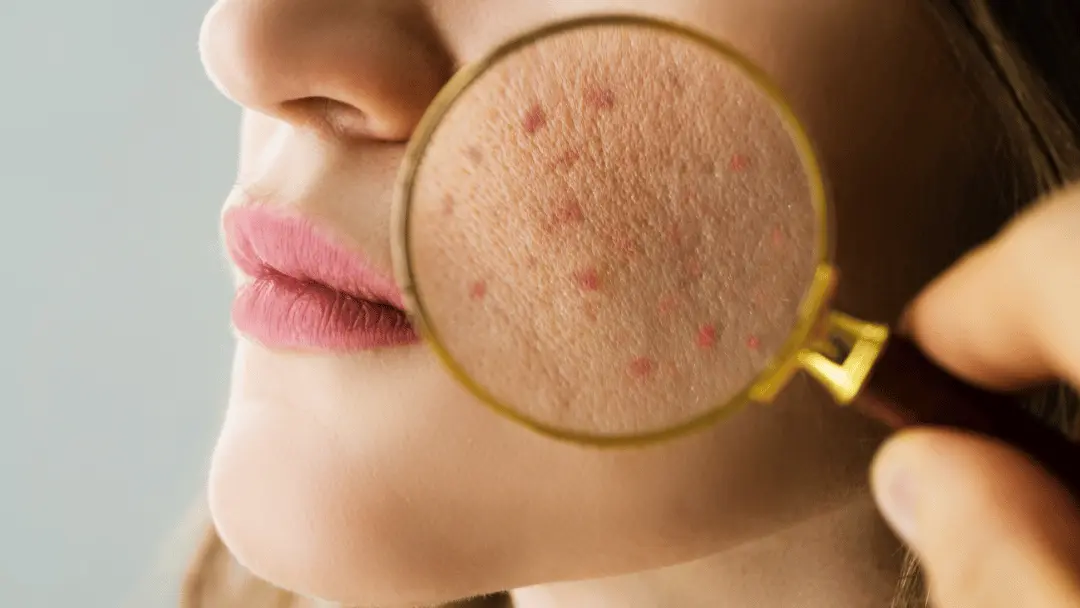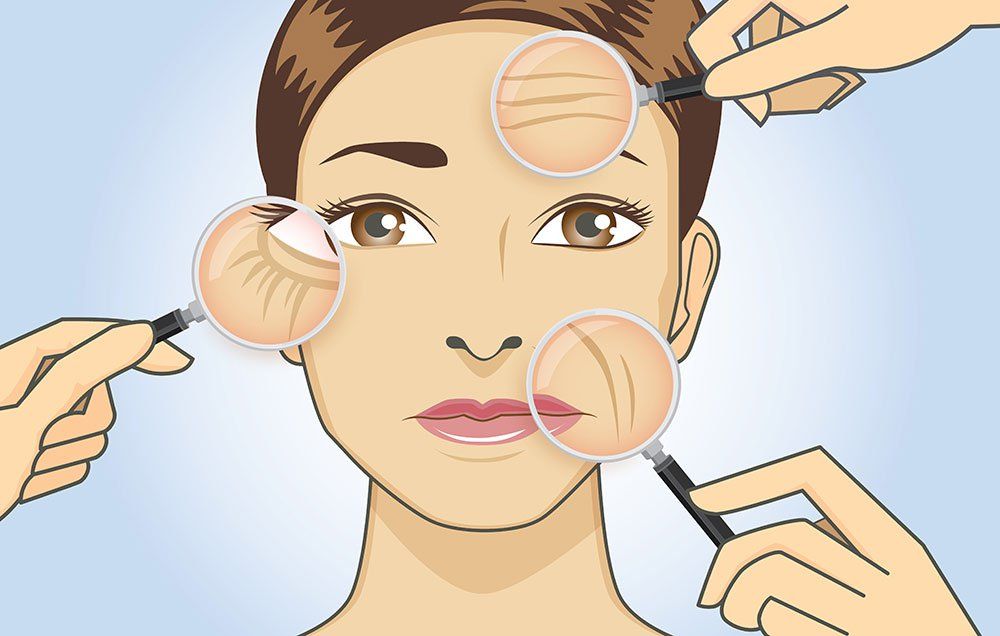Browsing Skin Cancer Cells Therapy: The Crucial Role of Mohs in Modern Dermatology Practices
Skin cancer, a daunting medical diagnosis, commonly leaves clients grappling with various therapy alternatives. Among these, Mohs surgery stands as a beacon in modern dermatology, renowned for its meticulous method to cancer cells removal and preservation of bordering healthy cells. This innovative practice assures not just premium cosmetic end results yet additionally uses instant results, relieving client anxiety. As we discover the details of this treatment, one will certainly value its essential function in skin cancer therapy.
Understanding Skin Cancer Cells: Kinds and Threats
There are three main kinds of skin cancer cells: Basal cell carcinoma, Squamous cell carcinoma, and Cancer malignancy. It accounts for just about 1% of skin cancer situations yet creates the large bulk of skin cancer fatalities. Risk variables consist of reasonable skin, background of sunburn, extreme sunlight direct exposure, living at high altitudes or close to the equator, having many moles, a family background of skin cancer, and deteriorated immune system.
What Is Mohs Surgical procedure and How It's Changing Skin Cancer Treatment
Despite the numerous therapies presently offered for skin cancer cells, Mohs surgical treatment attracts attention as a groundbreaking and extremely reliable service. Called after Frederic E. Mohs, the physician that created the procedure, Mohs surgical procedure is an accurate medical strategy utilized to deal with skin cancer cells. During the treatment, slim layers of cancer-containing skin are progressively eliminated and checked out up until just cancer-free cells continues to be. This method permits the surgeon to confirm that all cancer cells have actually been removed at the time of surgery. This level of accuracy, incorporated with the ability to spare as much healthy cells as feasible, is revolutionizing skin cancer treatment. Therefore, Mohs surgical procedure has become a foundation of modern-day dermatology practices.
The Benefits of Mohs Surgical Treatment Over Standard Skin Cancer Treatments
Building on the cutting-edge nature of Mohs surgery, it's important to consider its many benefits over conventional skin cancer therapies. Unlike common procedures, Mohs provides a greater remedy price, typically reaching 99% for first-time treatments and 94% for reoccurring cancers cells. In addition, it minimizes damage to healthy skin, leading to less scarring and enhanced aesthetic end results.
The Treatment of Mohs Surgery: What to Expect Throughout the Refine

Possible Adverse Effects and Post-Operative Treatment of Mohs Surgical Procedure
Going through Mohs surgical procedure, like any other operation, involves prospective side results that patients helpful hints ought to know. Usual adverse effects include pain, wounding, and swelling at the surgery site. Nevertheless, these are generally temporary and workable with over the counter discomfort medicine and ice packs. In uncommon situations, people might experience infection, bleeding, or an allergy to the regional anesthetic. Post-operative treatment is critical to healing and lessening negative effects. This usually entails maintaining the injury clean and completely dry, taking prescribed medicines, and preventing exhausting tasks. Clients must additionally participate in all follow-up consultations for wound care and surveillance. In some instances, additional treatments might be necessary to guarantee complete elimination of the cancerous cells. Abiding by these post-operative treatment guidelines can greatly boost recovery and outcomes.
Final thought
